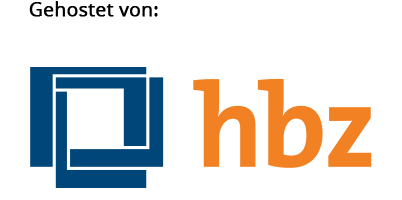Geschlechtermetaphorik in Fériel Assimas Roman Rhoulem ou le sexe des anges
Abstract
The novel Rhoulem ou le sexe des anges is set in the context of the Algerian civil war during the socalled décennie noire of the 1990s. The text, however, raises the problem of a culture of violence that goes beyond the civil war and is conveyed through gender metaphors. These relate on the one hand to the protagonist Rhoulem, who is intersexual, i.e. has both male and female characteristics and therefore cannot be clearly assigned to one gender. In addition, masculinity and femininity are also metaphorically represented. The novel depicts gender above all with negative animal and object metaphors. Intersexuality as a deviation from the gender binary cannot be defined as a separate gender identity, but is conceived within the framework of speechlessness, feminisation and dehumanisation. The title of the novel expresses this speechlessness: it does not express Rhoulem’s intersexuality, but it is captured in terms of an absence of gender analogous to that of angels. The analysis of gender metaphors is linked to Connell’s concept of hegemonic masculinity. This concept allows the gender hierarchy to be analysed as a social structural principle that coordinates the potential of a person to become a victim of violence. Vulnerability in this novel is tied to a female social position (independent of the gender of the person) and contains the potential of dehumanization that ultimately results in the death of the protagonist.



